A hailstorm in Australia is not uncommon during this time of year. As a homeowner, you should beware of signs of roof damage resulting from weather problems. Every year, roofs are damaged by hailstones. Not only does your roof need maintenance, but so does your windows, shingles, and gutter.
What is hail repair to a roof?
Hail repair to a roof refers to the process of repairing any damage caused to a roof by hailstorms. Hailstorms can cause dents, cracks, or holes in the roof, which can lead to leaks and further damage if not addressed promptly. Hail repair may involve replacing damaged shingles or tiles, repairing or replacing flashing, and addressing any underlying structural damage. The extent of the repair will depend on the severity of the hail damage and the type of roofing material used. It is important to address any hail damage promptly to prevent further damage to the roof and the home’s interior.
What is the best roof against hail damage?
The best roof against hail damage is one that is made of a material that is strong and durable enough to withstand the impact of hailstones. Some of the best materials for hail-resistant roofing include metal roofs, asphalt shingles, clay tiles, and concrete tiles. Metal roofs, such as steel or aluminum, are highly durable and can resist even large hailstones. Asphalt shingles can also be hail-resistant, with some manufacturers producing shingles that can resist hail up to 2 inches in diameter. Clay and concrete tiles are also good options, as they are hard and can withstand impacts from hailstones. However, it is important to note that the installation of the roof also plays a crucial role in its ability to resist hail damage, so it is important to work with a qualified and experienced roofing contractor to ensure proper installation.
What size hail will damage a roof?
The size of hail that can damage a roof depends on several factors, including the type of roofing material, the age and condition of the roof, and the density and velocity of the hailstones. However, as a general rule of thumb, hailstones larger than 1 inch in diameter (about the size of a quarter) can cause damage to a roof, especially if the hailstones are dense and have high velocity. Hailstones of this size can cause dents, cracks, or punctures in shingles, tiles, or other roofing materials. Hailstones that are 2 inches or larger can cause even more severe damage, including breaking through the roof and causing leaks.
What do I do if my roof is damaged in a storm?
If your roof is damaged in a storm, it is important to take action as soon as possible to prevent further damage to your roof leaks your home’s interior and structure. Here are the steps you should take:
- Safety first: If you notice any signs of damage, such as leaks or structural issues, it is important to stay safe and avoid going onto the roof until a professional has assessed the situation.
- Document the damage: Take photos and videos of the damage to your roof and any other areas of your home that have been affected. This will be important for insurance purposes.
- Contact your insurance company: Contact your homeowner’s insurance company to report the damage and start the claims process. They will guide you through the necessary steps and provide you with information about what is covered under your policy.
- Hire a professional roofing contractor: Find a reputable roofing contractor who has experience with storm damage repairs. They will assess the damage and provide you with a quote for repairs or replacement.
- Temporary repairs: If the damage is severe, your roofing contractor may recommend temporary repairs to prevent further damage to your home. These may include tarping or covering damaged areas until permanent repairs can be made.
- Permanent repairs: Work with your roofing contractor to schedule permanent repairs or replacement of your roof. Be sure to get a written estimate before starting any work.
- Follow up with your insurance company: Keep your insurance company informed of the repairs being made, and provide them with any necessary documentation.
Remember, it’s important to address storm damage to your roof promptly to prevent further damage and ensure the safety of your home and family.
Here is What Can Be Done
If your property is damaged due to a winter storm, you should file claims with your insurance company. Your home requires the right repairs, which you can afford more easily with an insurance cover. If there is damage to your roof caused by a storm, here is how you can solve these problems.
Is hailstorm damage covered by home insurance?
Whether or not hailstorm damage is covered by home insurance depends on the specifics of your policy. In most cases, hailstorm damage is covered under a standard homeowner’s insurance policy, but it is important to review your policy and understand your coverage limits and deductibles.
How Much Does Insurance Pay for Hail Damage on Roof?
Typically, if there is storm damage to your own metal roofing only, one may take an insurance claim. Although estimated repairs tend to be around varied, it’s common for companies to pay only $10,000. Damaged roofing from hail-related problems allows for shingles replacement. If your home is hit, you can also get repairs or a replacement for windows and gutters.
What Does Hail Damage Look Like on Roof?
There are several ways you can tell hailstones damaged the roofing of your home. Check for dark-colored damage on your roofing; there is often random damage on your shingles since hailstones hit everywhere. Other signs of roof damage include shiny asphalt and loss of granules due to hail.
Damage to Gutters
The most visible signs, however, is damage to your gutters. Check to see if hail caused dents in your gutter. If you are sure winter storms caused roof damage, you may need immediate roof repairs.
Why is Hail Damage Bad for a Roof?
A damaged roof can often cause many problems. Due to the high velocity of hailstones, your shingles end up misaligned. Due to the damage of a leak or broken seal, water can easily enter your home. Hailstones may also cause the roofing to have holes, which allows hot air to escape. Wind can also enter misplaced shingles just like water, which results in different types of weather damage.
Insulation Problems
Over time, energy bills can skyrocket due to a roof vents lack of insulation. It’s not only an expensive problem but also bad for property value in Australia. Don’t allow water and wind to cause further roof damage, especially with hail.
Why You Should Watch Out for Your Gutters
Another thing to consider is damage to your gutters. If the leftover water freezes from a hail storm, it clogs up your gutter. Water may build up on your roofing, which can cause further roof damage. . Hail storms can also cause a debris problem for gutters since a winter storm brings ice and rocks. Wind can scatter debris into your gutters, which leaves more clutter on your roof.
Does hail damage COLORBOND?
COLORBOND is a brand of coated steel that is commonly used for roofing and cladding in Australia. While it is a highly durable and weather-resistant material, it can still be damaged by hail, especially if the hailstones are large and have high velocity.
Hailstones can cause dents, scratches, or other types of damage to COLORBOND roofing and cladding, which can affect the appearance of entire roof and potentially compromise the integrity of the material. However, the severity of the damage will depend on the size, density, and velocity of the hailstones, as well as the condition and age of the COLORBOND material.
It’s important to have your COLORBOND roofing or cladding inspected by a professional after a hailstorm to check for any damage that may have been caused. If damage is found, it’s important to have it repaired promptly to prevent further damage and potential leaks. A reputable roofing contractor can advise you on the best course of action for repairing or replacing any damaged COLORBOND material.
What Do You Do if Your Roof has Hail Damage?
If you perform a roof inspection and find any hail damaged roof shingles, you should call a professional repair service. It’s important to make sure your home is protected by property insurance. By doing so, you can even out potential costs for professional repair services. That’s one less hail-related problem to worry about, so find a good service in Australia.
What Roof Damage is Covered by Insurance?
Your insurance policy should protect your home financially. The payment for your damage roof policy depends on storm damage – property destruction is often caused by weather involving water, ice, and wind. These types of weather damage are especially common with hail. The best hail damage repair and roof policies should take care of most hail roof damage.
Age of your Rooftop
Another thing to keep in mind is the age of your roof. If your roof is over a decade old, you can even get a full product replacement on roofs and gutters. Make sure to keep track of your insurance policies for your property, especially when signs of significant hail damage or weather approach your area.
How Much is it To Repair a Damaged Roof?
Your insurance should help with a good amount of your roof repair. If wind and weather cause roof damage, it should be anywhere from $5,000 to $20,000 to fix your property. If you see signs of roof damage, get professional help from your insurer.
How Often Should Your Roof Be Replaced?
Take the time to perform a roof inspection; check to see if you need roof repairs for your household. Signs of property damage include older shingles breaking down due to years of use. You should normally replace your roof shingles every ten years. However, if there is roof damage from heavy weather, it would help replace them as soon as possible. Seek a professional service to strengthen your roof.
Regular Checkups
As a homeowner, it’s important to provide regular maintenance for your roof. Otherwise, your roof is susceptible to eventual wear and tear. Replace your roof once it gets old, and try to find the average price range for an affordable roof replacement.
Do You Have to Pay Excess for Hail Damage?
Since most insurers only pay $10,000 for weather-related roof damage, you likely pay extra costs that aren’t covered in the initial payment. If you want to avoid potential destruction to your roof, you can always weather-proof beforehand. You can choose between a rubber, asphalt, or metal roof. Remember to weigh cost-effective options for any roof you purchase.
What Type of Insurance Covers Hail Damage?
Almost all types of insurance can help pay for a damaged roof. Homeowners insurance is the most common since it covers roof damage and other areas of your house. Try to ask your insurance provider first if they carry a comprehensive plan. Also, ask about eligibility for potentially low rates. If you are eligible, you can fix your roof without paying too much upfront.
How Do I Know if My Insurance Covers Hail Damage?
Most homeowner policies include roof damages from the winter season. You can reasonably expect your policies to aid in the reparation of your roof. However, they vary depending on the geographic location.
Call Your Provider
As an Australian native, you are entitled to call your provider. Always verify the potential costs for your own roofing insurance, especially after your roof experiences damage. Ask any questions if you’re not certain about a specific coverage or you need more familiarity. Remember, it’s better to be safe than sorry.
Will My Insurance Go Up if I Claim Hail Damage?
If you declare a damaged roof due to weather, or roof hail damage, your rates are unlikely to go up. Since you aren’t responsible for hail damage on your roof, your insurer can maintain the same rate without increasing it at any point.
Cases Where Rates Increase
However, there is one particular circumstance that forces the insurer to raise your rates. If you filed within the last three years, filing again could put you in that category of higher rates. If that happens, you are forced to pay extra for your roof.
Other Cases to Consider
Another thing to note is if you live in an area where hail is commonplace. Companies can charge different rates to everybody within that location, especially compared to those who live right outside. Check with your provider to see if these rates apply to you.
A Basic Rundown
Even in the southern hemisphere, the winter season can bring harsh weather conditions. While you can stay inside to remain safe, your roof ends up taking most of the hits. Protect your roof from potential hail damage by taking a cautious approach.
A Few Tips to Follow
First, check with your insurer beforehand and ask about their rates; it typically varies depending on your location. There are also household factors to consider, such as the age of your roof. If you experience damage to your rooftop, get it fixed as soon as possible. If you hold off too long, your rooftop can break down, leaving you in a vulnerable position.
Conclusion
To protect yourself from the environment, seek professional rooftop services in your area. Prioritize your safety and security by building yourself a better household.

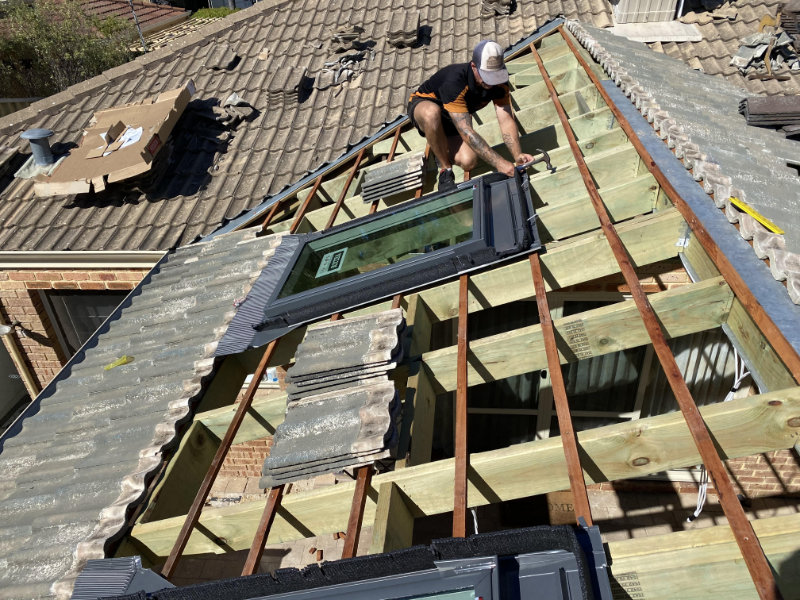
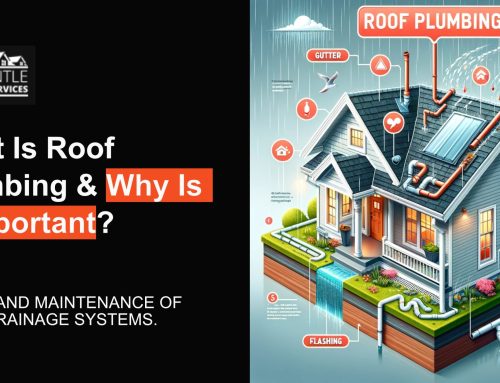
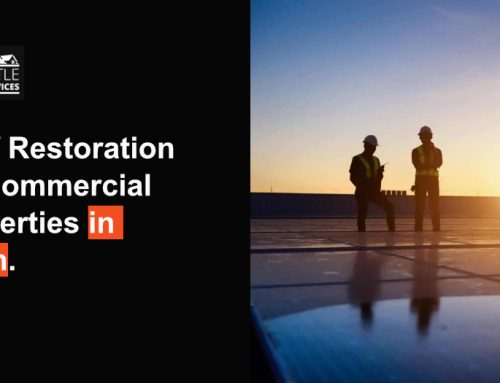
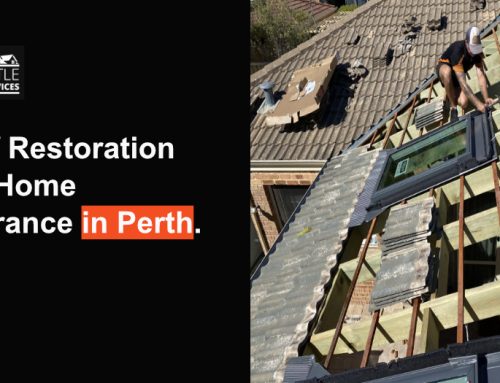
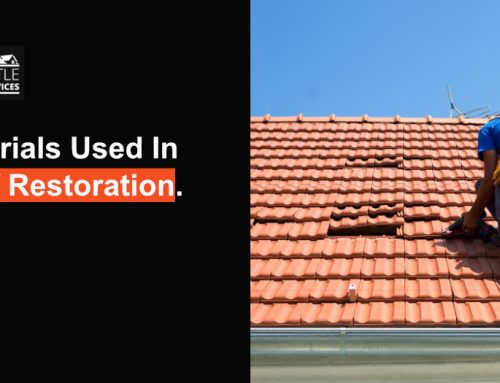
Leave A Comment